What Is A Beneficiary?
A life insurance beneficiary is an individual, entity, trustee, or estate named by the policy owner to collect the death benefit proceeds upon the insured’s death. There are two types of beneficiaries:
- Primary beneficiary: The first one in line to collect the death benefit upon the insured’s death.
- Contingent beneficiary: Also known as a secondary beneficiary, is the second one in line to collect the benefit if the primary beneficiary is deceased.
What Is a Death Benefit?
Life insurance death benefit is the amount of money the insurance company pays designated beneficiaries upon the insured’s death as long as the policy is inforce at the time of death.
Can I Have Multiple Life Insurance Policies?
Yes, you can have multiple policies from the same or different life insurance companies.
For example, you could have a permanent life insurance policy like whole life, or universal life and also a term life policy for a shorter need. That may include paying a mortgage or for your children’s college if you were to die.
Why Purchase Life Insurance Sooner Rather Than Later?
An advantage to buying life insurance when you’re young and healthy is you’ll be able to lock in a good rate for the duration of the policy. If you have dependents in the future, you will have secured a low rate and guaranteed your “insurability,” meaning you won’t have to worry about higher rates as you age and possibly experience declining health.
What Should I Consider In Naming Life Insurance Beneficiaries?
Always name a contingent, or secondary, beneficiary just in case you outlive your first beneficiary. Select a specific beneficiary rather than having the proceeds of your life insurance paid to your estate. One of the great advantages of life insurance is that it can be paid to your family right away.
How Does the Insurer Know I Died?
Your designated beneficiary will have to file a claim with the carrier. He/she will also need to supply the death certificate (not a copy) along with the deceased’s policy number, social security number, and address.
How does term life insurance work?
When you purchase term life insurance, an insurance company promises that it will pay your beneficiaries a set amount if you die during the policy’s term. In exchange, you pay a monthly premium to the company for the duration of that term.
How Can I Save Money When Buying Life Insurance?
Buying a term life or a combination of term and permanent insurance may help you pay a lower premium. Buying a policy early in life is also a good way to ensure a lower premium.
How Does The Insurance Company Determine My Premium?
Premium rates are typically based on factors such as age, gender, height, weight, health status (including whether or not you use tobacco), and if you participate in high-risk activities or occupations such as skydiving, etc..
What Is a Permanent Policy?
Permanent policies are typically the best option if you are looking for life-long protection, accumulation of tax-deferred cash value, or adding long term care coverage to your policy. A portion of the premium of a permanent policy is used to build up a cash value. The cash value can be used in several different ways, including allowing you to take out a loan against the cash value, or paying your premium after your policy is fully paid up.
Am I Still Eligible For Coverage If I Have A Serious Health Condition?
Most life insurance companies require medical underwriting and charge premiums based on the level of risk they assign to you based on the underwriting. However, even if you are not in top health or have a Serious health condition, there are still options available with guaranteed issue plans.
How To Shop For Life Insurance.
- How Much Life Insurance Do I Need? Use our Life Insurance Calculator to discover how much coverage you need. Our life insurance calculator takes into account your funeral costs, mortgage, income replacement, debt, child’s education, and more to give you a clear estimate of the exact amount of life insurance coverage.
- Choosing The Length Of The Policy. Common terms include 5 year, 10 year, 15 year, 20 year, 30 year, and permanent.
- Choosing A Life Insurance Company. Policy Engineer maintains a list of the top A+ rated life insurance carriers To ensure you get the best coverage for the best price!
- Accelerated Underwriting . Accelerated underwriting allows qualified applicants to purchase a life insurance policy that doesn’t require a paramedic to visit the applicant’s home to collect blood, urine, and vital signs.
- Medical Examination. (If you’re not eligible for Accelerated Underwriting) The exam typically covers your height, weight, blood pressure, medical history and blood and urine testing.
- You Policy Is Inforce! Once your policy is inforce, maintaining it is a matter of paying your monthly premiums. From there, if you die while the policy is in force, your beneficiaries receive the face amount of the policy tax-free.
